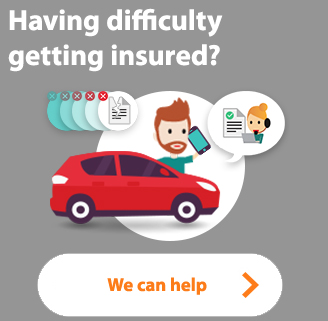Autonomous Vehicles and Potential Insurance Issues
As part of the 2021 NumériQC Week, GAA was invited to participate in a panel discussion on the potential issues connected and autonomous vehicles present for the Quebec insurance industry. Insurance Bureau of Canada and Intact were also invited to the discussion moderated by Autorité des marchés financiers.
Here is a summary of GAA’s presentation.
Quebec has an ever-increasing number of connected vehicles on its roads, meaning those we are familiar with that have driver assistance systems and over which drivers retain control. These vehicles are classified as having Level 1 and 2 driving automation. Vehicles with even more automation (Level 3 to 5) could gradually become more prevalent on our roads. Although we cannot yet predict the future, both in terms of the social acceptability of these new vehicles and the changes to the urban infrastructure required to accommodate them, questions are being raised about the impact of such vehicles on insurance.
In fact, the appearance of some Level 3 vehicles on our roads raises questions about two fundamental concepts of our insurance plan: the notions of driver and user, and the determination of liability in the event of an accident.
Vehicle driver or user
The arrival of autonomous vehicles changes the role of a motorist from a vehicle driver to a vehicle user. The difference is key, because the status of driver means that a person retains control of the vehicle, whereas this is not necessarily the case for a user.
Depending on the vehicle’s automation level, a user may or may not take control of it. This is a crucial notion when it comes to determining liability.
Determining liability in an accident
As long as users can participate in driving the vehicle, they should be considered as drivers. This means, for connected and semi-autonomous vehicles (Level 4 or lower), that they can be held liable for an accident.
In the case of fully autonomous vehicles, liability will have to be attributed to the person(s) actually liable depending on the circumstances of the accident and the user’s actions on the vehicle. The person held liable could be the owner, user, manufacturer or software developer, for example.
According to GAA, a scenario that is sure to be complex in establishing liability in an accident will relate to cases where the vehicle (or vehicles), after its electronic systems have been activated, switches from semi-autonomous to autonomous mode. It will then become necessary to determine what mode the vehicle was in at the time of the accident, which will only be possible if the vehicle’s recorded data is available. The data will not only help to understand the accident and identify which parts and equipment need repairing; it will help to establish who is responsible for the accident.
In this regard, the GAA believes that manufacturers and software developers should be identifiable in the event of an accident, just as users or owners are. This will help to determine liability, which can be shared. Thus, applying the contract will not penalize a user more than a driver, and will be the same whether the vehicle was in autonomous mode or not.
Vehicle user: a concept to be included
While auto insurance policies and the legislation generally refer to the driver or owner of a vehicle, the concept of “user” is not consistently used in owner insurance policies. It will need to be added where appropriate.
In a future where consumers are expected to be more interested in using a vehicle rather than owning one, owner insurance policies will not adequately meet the needs of users. However, Q.P.F. No. 2 (Insurance for drivers who do not own a vehicle) may offer interesting solutions.
The Automobile Insurance Act will also have to be amended to ensure that autonomous vehicle users have the necessary coverage. It will also have to allow Level 4 and 5 vehicles (fully automated; no human intervention) to operate on Quebec roads. In this regard, it should be noted that at this time, such vehicles may only be used in pilot projects.
GAA intends to actively participate in discussions and reflections on the issue, and help adapt Q.P.F. No. 1 (Owners Form) by integrating the concepts of users and shared liability. It will also ensure that the proposed changes continue to guarantee consumers access to the insurance they need to be well protected and that claims are settled efficiently, both distinctive features of our current system that must be maintained.

